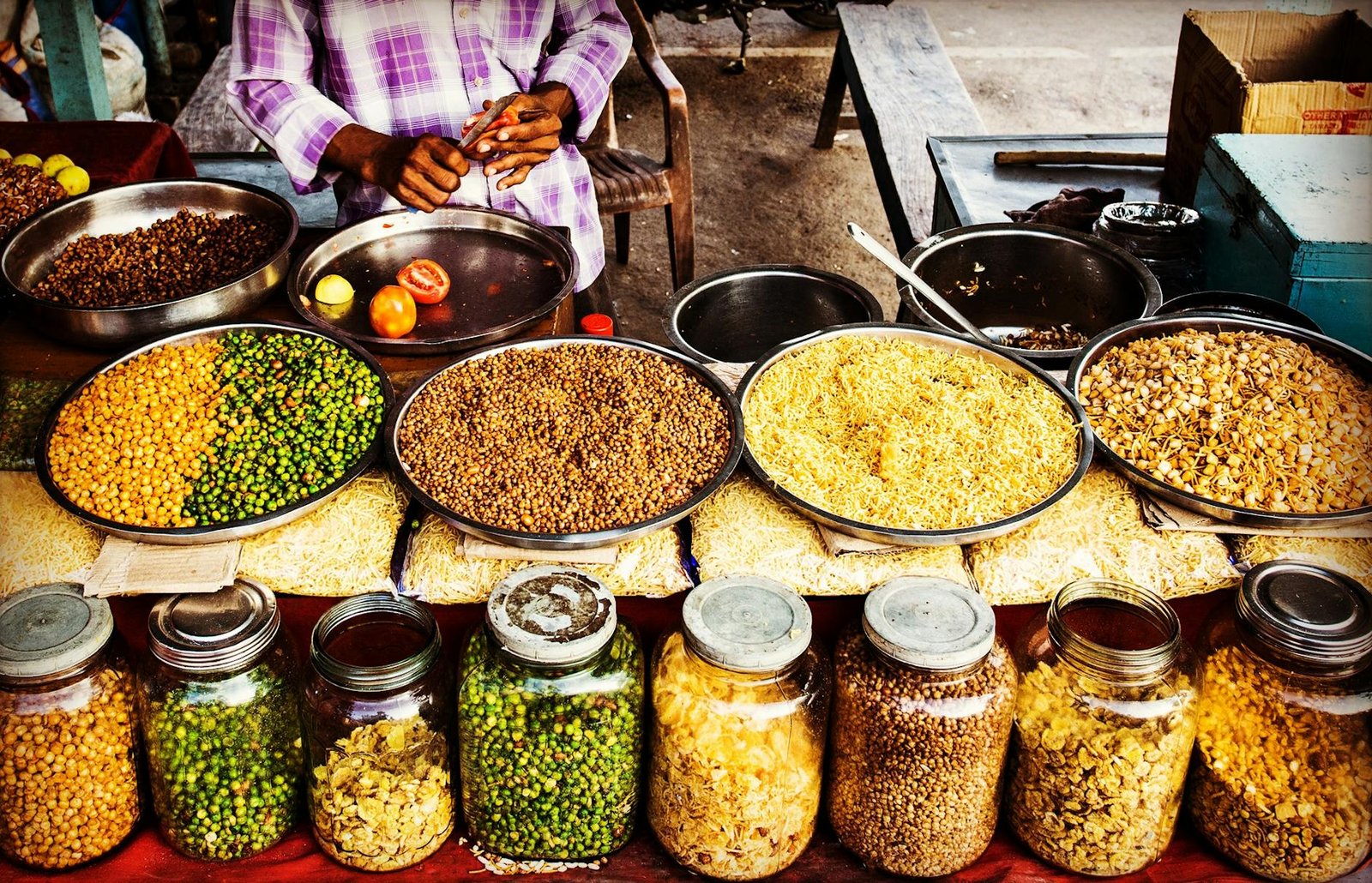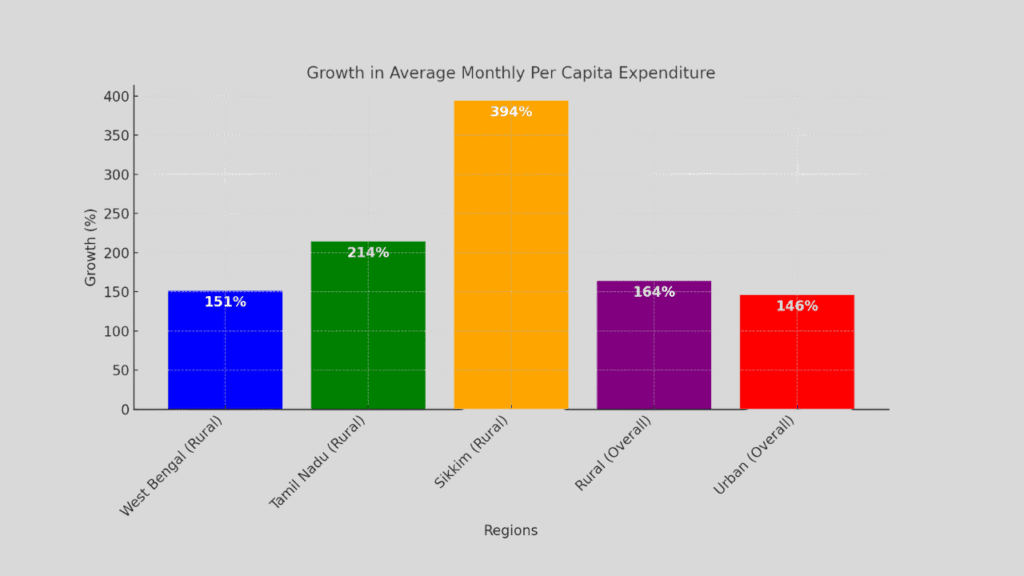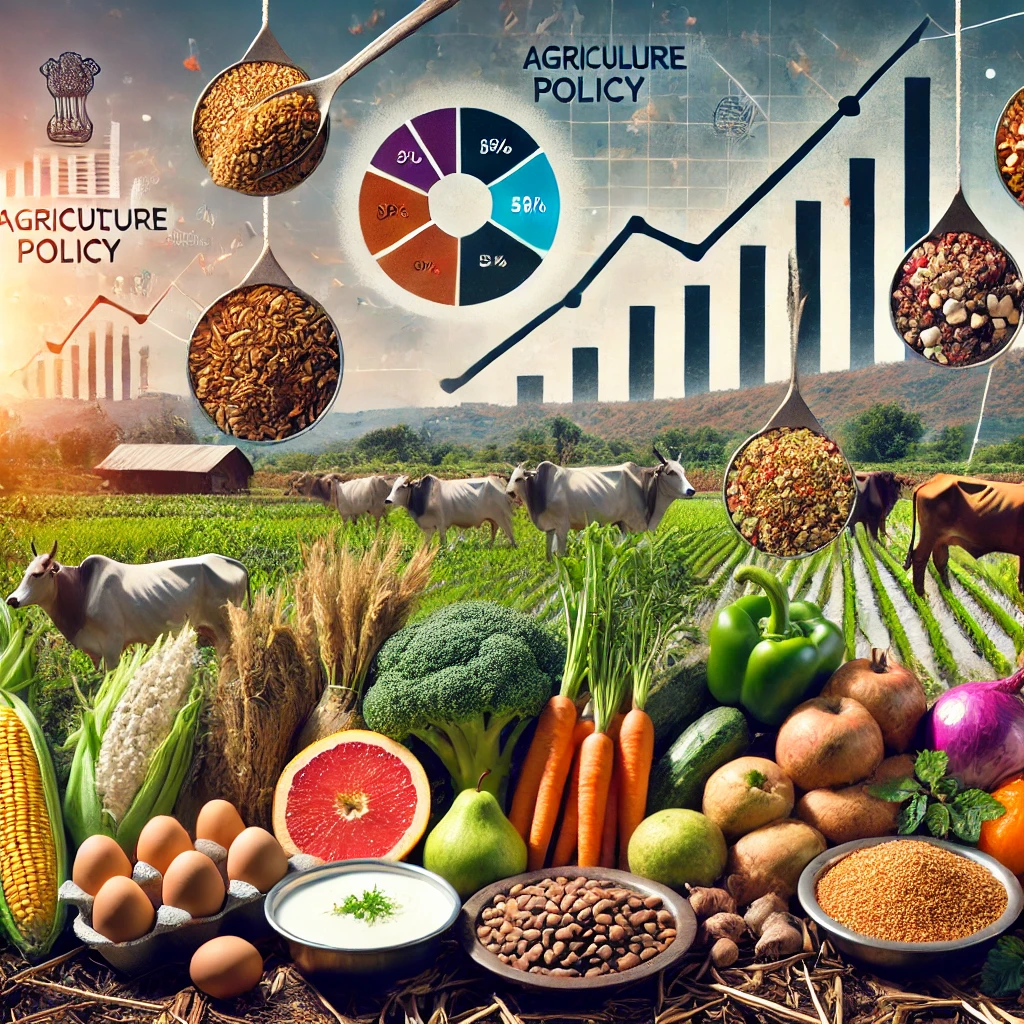A working paper by the Economic Advisory Council to the Prime Minister (EAC-PM) reveals that for the first time since 1947, average household spending on food in both rural and urban areas across India has dropped to less than half.
India’s food consumption patterns are undergoing significant changes, with serious implications for agriculture, health, nutrition, and welfare policies, particularly for poorer sections. These shifts will also impact the Consumer Price Index. An analysis of the Household Consumption Expenditure Survey 2022–23, compared to 2011–12, reveals striking changes in food consumption over the past decade, potentially affecting health outcomes.

- Rural household consumption expenditure grew by 164%, outpacing urban households at 146%.
- Expenditure on cereals declined significantly, especially among the bottom 20% in rural and urban areas.
- Government food security policies likely contributed to reduced cereal spending among vulnerable households.
- Agricultural policies must adapt to focus on more than just food grains due to shifting consumption patterns.
Significant Increase in Monthly Per Capita Expenditure
There has been a notable rise in average monthly per capita expenditure across rural and urban India, with all states and Union Territories (UTs) witnessing growth. The magnitude of this increase, however, varies by region. For example, rural West Bengal saw a 151% growth in consumption expenditure, while Tamil Nadu experienced a growth of approximately 214%. Sikkim, a small state, saw an impressive 394% increase. Overall, rural households’ expenditure growth (164%) surpassed urban households’ growth (146%). India’s food spending.

Decline in Food Expenditure Across India
For the first time since independence, household spending on food has dropped to less than half of total monthly expenditure in both rural and urban areas across all states and UTs. This decline in India’s food spending is a significant marker of India’s progress and changing consumption patterns.
Reduced Cereal Expenditure, Especially Among the Vulnerable
Expenditure on cereals has significantly declined across rural and urban areas, particularly for the bottom 20% of households. This reduction likely reflects the success of the government’s food security policies, which provide free food grains to vulnerable sections across the country. reportsrecords
Implications for Agricultural Policy
The shift away from cereal consumption suggests that agricultural policies need to evolve, focusing beyond food grains to meet changing consumption patterns in India. Significant changes in the food composition of household expenditure have implications for agriculture policy and the country’s health and nutrition policies.

Shifting Food Consumption Demands Call for Revised Agricultural and Nutrition Policies
The significant shift in household food expenditure requires the government to revise agricultural and nutrition policies. As demand for diverse food items such as fruits, vegetables, and animal-source foods rises, policies should actively promote their production and accessibility. With cereal consumption declining across all wealth classes, agricultural policies must move beyond cereal production. The continued focus on Minimum Support Price (MSP) for cereal procurement will have limited benefits for farmers if this shift in demand is not addressed.








